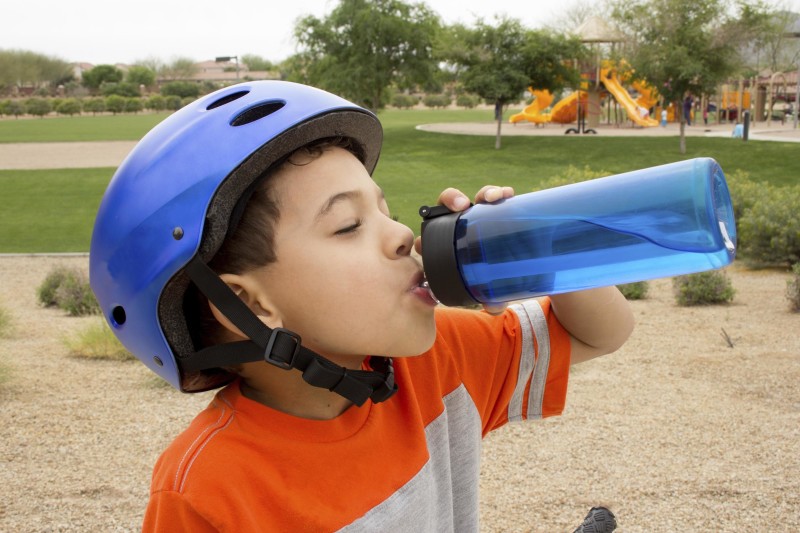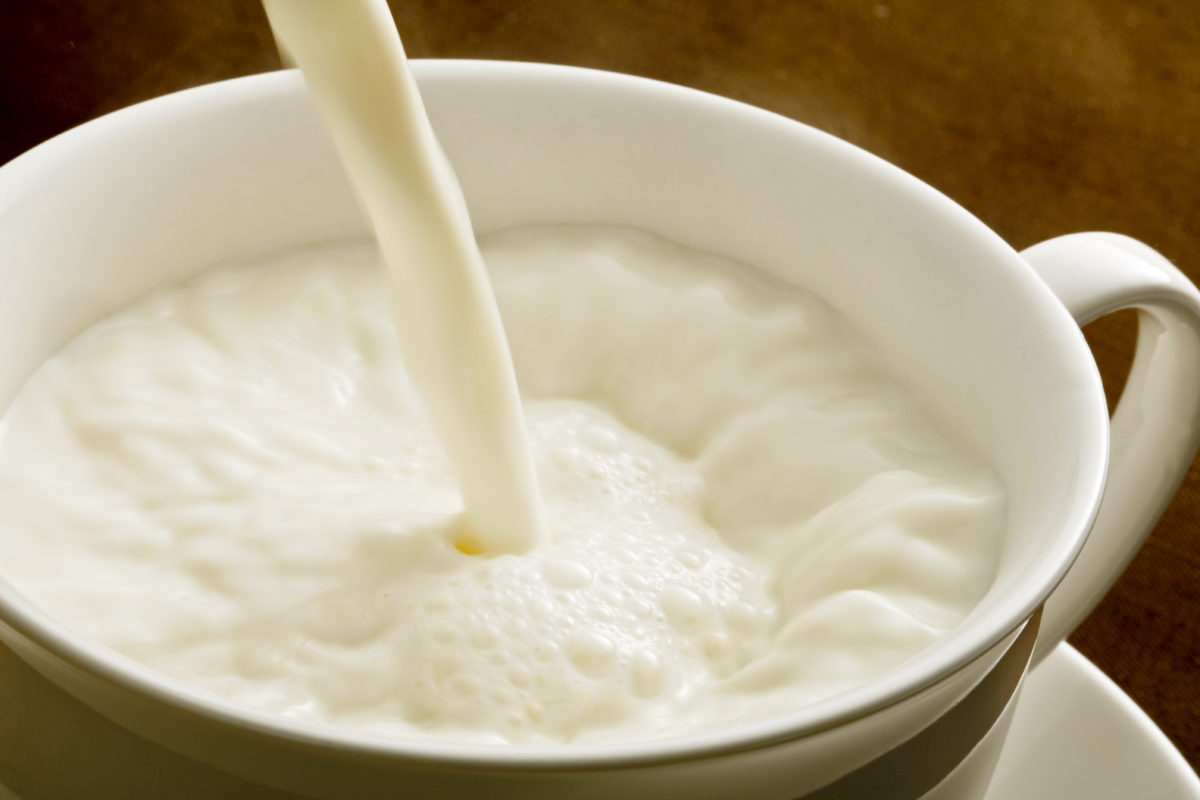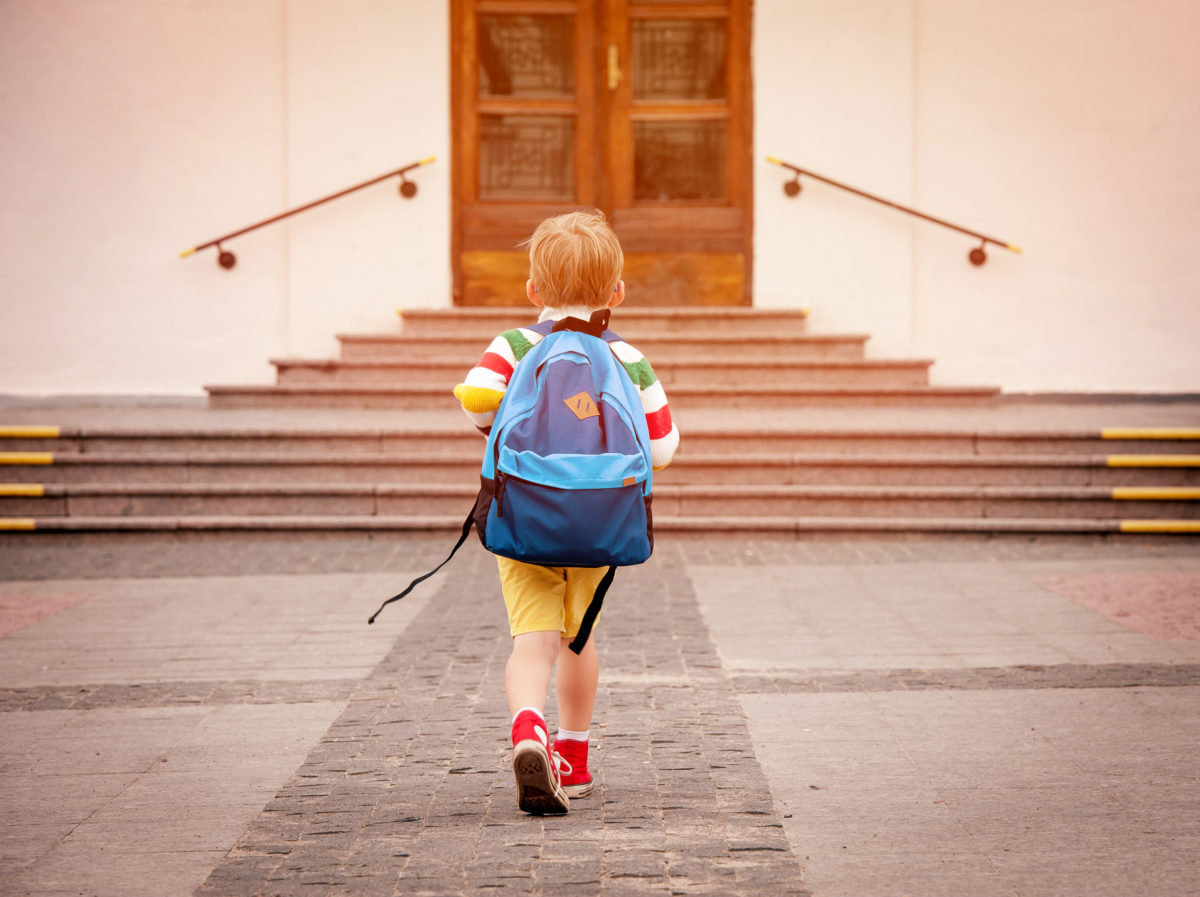Turns out we haven’t been doing such a great job of keeping our kids hydrated in this country.
A recent study shows over HALF of U.S. children are dehydrated. What exactly does this mean?
The study looked at how concentrated kids urine was – including over 4,000 children ages 6 to 19. Urine osmolarity (concentration) was tested, which is a pretty accurate way of assessing a person’s hydration.
The study researchers also found that nearly ¼ of all children asked said they drink no plain water at all! Unacceptable!
This is a serious issue – not because kids are passing out left and right from dehydration, but because of the impact relative dehydration has on their mental and physical well being.
Why is hydration so important? Being dehydrated leads to irritability, headaches, and poor physical performance. It’s unfair to ask kids to make it through the day’s demands if they’re dehydrated.
Why so hard? Logistics for one – how many kids actually go up to the outdated water fountains at school? One school program installed more appealing water dispensers and found kids were more likely to stay hydrated when this was available.
Also, kids prefer sugary drinks to water if that’s what we offer them. If we eliminate sugary options altogether they don’t have much choice! Water is to many children an acquired taste – if that’s all they’re offered, then that’s what they’ll drink!
Another unfortunate factor here is socioeconomics. This study found that Black and Hispanic children were 75% more likely than white children to be dehydrated.
Is it because minority families are more likely to have two parents working full-time, with less oversight into diet? Or is less focus made on overall health in economically underserved schools? Or are schools serving predominantly minority neighborhoods less likely to have clean drinking water readily available. Another possibility is the cultural tendency toward sugary juices and sodas in certain areas.
I fear it’s likely a combination of these and more factors, and it’s unacceptable in today’s day and age!
Our bodies need water to perform at an optimal level, from a cellular basis all the way up. When kids are dehydrated, they won’t necessarily be able to tell you.
Instead, their hearts race, they get headaches, have shorter tempers, are less able to concentrate, and are less likely to be able to keep up physically.
Also, kids tend to confuse thirst with hunger (like some adults) and will have an easier time with portion control if they drink a large glass of water before meals or with snacks!
I say let’s try to keep them from getting dehydrated this summer. Once school starts it will be easier to have H2O be part of their daily routine!
So how do parents do it?
So the “official” daily fluid intake recommendations for kids are subjective, and vary based upon age, gender, weight, activity level, and amount of time spent outside in hot weather.
A good rule of thumb is between 7-9 cups of fluid a day for kids under 13. Teenagers need 9-11 cups a day, just like adults! You need to aim for the higher estimates when kids are outdoors in the sun all day.
SOUNDS LIKE A LOT, RIGHT? Here are some helpful tips that make this task less daunting!
- The fluids don’t have to come only in the form of water – many fruits and vegetables have a very high water content. Go for watermelon, strawberries, celery, or cucumbers, which are all watery snacks.
- Let kids choose their own fun (BPA free) reusable bottles to take along wherever they go. Dollar stores, Target, and drugstores are my favorite places to find good deals on fun designs and theme-based bottles. You can even find straps so kids can carry them around easily. (Please no more plastic bottles for any of us! Besides being terrible for the environment, they’ve all been in either extreme heat or cold before getting to us, releasing potentially carcinogenic molecules!)
- Make popsicles! Puree fruit or use no-sugar-added fruit juice and pour into freezer molds. They’re easy to grab on a hot summer day or after school during the year.
- Make sure water is easily accessible for your kids. If they can’t reach the faucet or water dispenser you may have, fill up bottles and leave them in the fridge where they can grab one whenever.
- Let kids help you make pitchers of water with sliced lemons, oranges or any other fruit they’d like cut up in the pitcher! This adds that hint of flavor plain water doesn’t have.
- Other options like fruit flavored soda water help mix it up a bit when kids claim they are bored. I would stay away from sports drinks – the average kid seldom runs the risk of depleting electrolytes and the high sugar content in those drinks are unhealthy.
Remember, during the summertime kids are especially active and lose water when they perspire. Make sure they fill up on water about 30 minutes before an activity, and then every 20-30 minutes during activity.
This study highlights a hidden issue within our overall health crisis in this country. Thankfully most of our country has access to clean drinking water – so drink up!
 English
English French
French German
German






